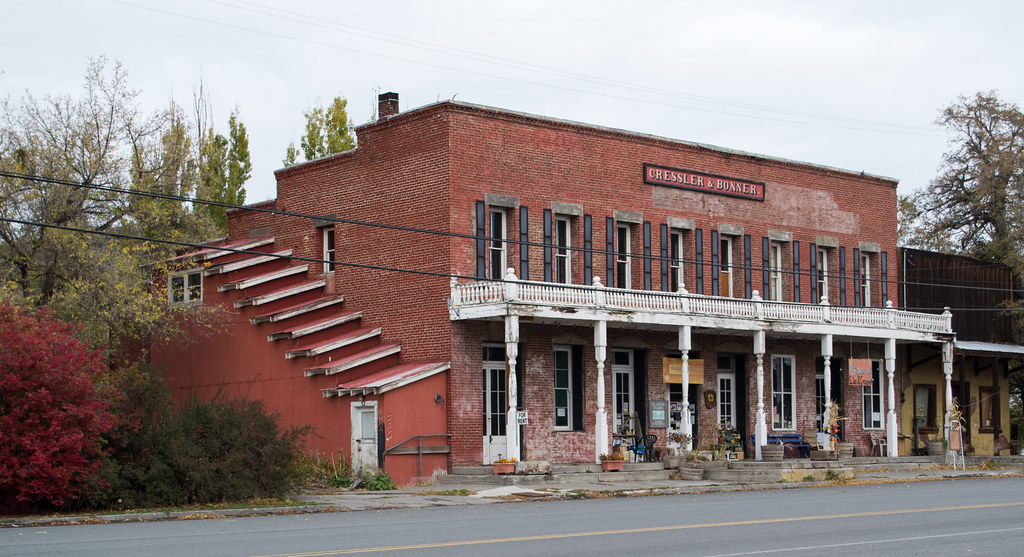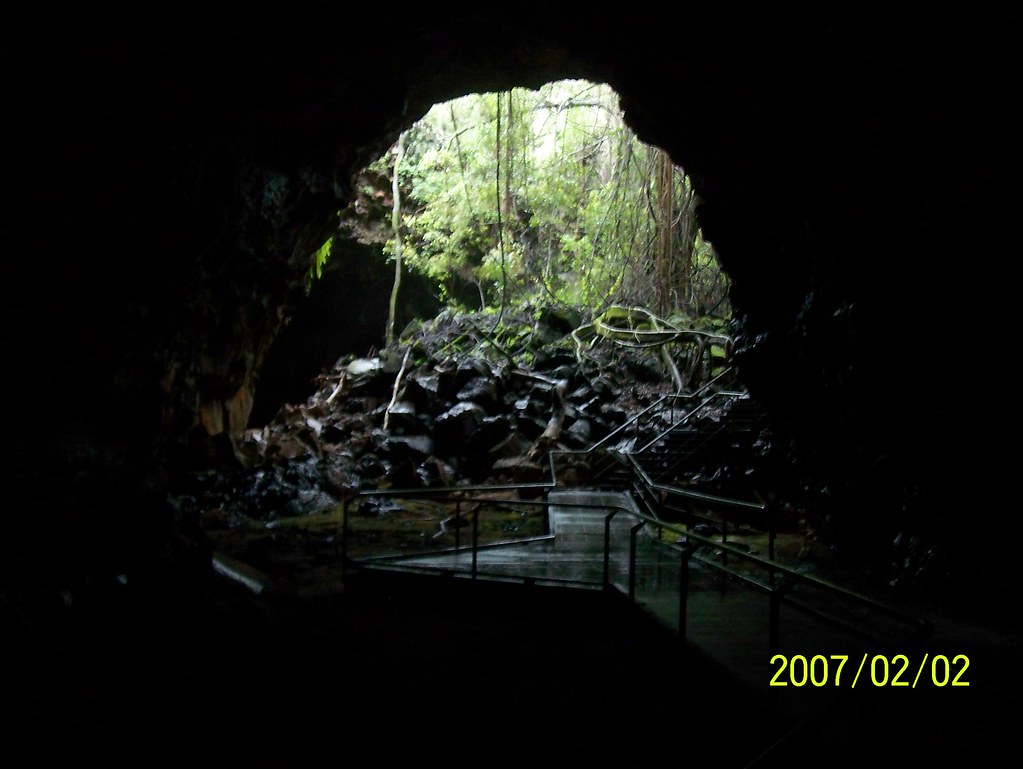A visitor landed on Twelve Mile Circle from Surprise. That was the actual name of the town; Surprise, Arizona. Maybe it shouldn’t have surprised me. More than a hundred thousand people lived there, yet I’d never heard of it.
I also learned during my search that Surprise was a surprisingly common designation. Some 238 surprises lurked in the Geographic Names Information System alone. They included mountains, lakes, mines, basins, beaches, and of course populated places as well as just about every other feature imaginable. I picked a select few for further exploration and then moved on to a couple of international examples.
Surprise, Arizona
Naturally I wondered how a town could become a Surprise (map) and fortunately it provided a handy explanation.
“Our city of over 120,000 people was just one square mile of farmland back in 1938 when Flora Mae Statler founded it. So why did she call us Surprise? According to Statler’s daughter Elizabeth Wusich Stoft, her mother once commented ‘she would be surprised if the town ever amounted to much.’ With our success, she would indeed be surprised and proud!”
Surprise became one of the fastest growing cities in Arizona, a state already noteworthy for its remarkable growth. The US Census Bureau reported only thirty thousand residents as of 2000. So its recent growth was simply explosive.
A name like surprise offered opportunities for puns and odd juxtapositions. For instance the town held an annual Surprise party that wasn’t actually a surprise party. They always announced it ahead of time (December 4-5 this year). They also had a Surprise Women’s Heritage Trail. In most places, surprising women on a trail might become a matter for the police instead of a recognition of women’s history.
Surprise, Nebraska

Events unfolded in a less pleasant surprise for the Surprise in Nebraska. It started well enough in the 19th Century according to Virtual Nebraska.
“It wasn’t until 1881 that George Miller and several members of his family decided to built a dam on the small, spring-fed stream not far from the headwaters of the Big Blue River. They hoped to be able to impound enough water to operate a grist mill. It is said that Miller was not only pleased, but also quite surprised to get enough water power for such an enterprise, so he gave his mill the name ‘Surprise’.”
The settlement grew into a nice town (map) a few years later when the Fremont, Elkhorn & Missouri Valley Railroad Company laid tracks through the area and built a depot there. Then Surprise began to suffer like much of the Great Plains with a slow outward migration of its residents. Peaking with a population above three hundred, Surprise declined with every Census starting in 1910. So that left only 43 souls at the 2010 Census.
Surprise Valley, California

I shifted to a larger geographic footprint for the third example, a 70 by 10 mile (112 by 16 kilometre) area in northern California called Surprise Valley, sandwiched between the Warner and Hayes mountain ranges (map). It encompassed several rural towns in Modoc County, including Cedarville, Eagleville, Fort Bidwell and Lake City.
The local Chamber of Commerce described the area’s settlement.
“A bad drought that occurred in the Sacramento and San Joaquin Valleys in 1864 caused much of the livestock there to perish. Owners offered up to half their cattle herds to anyone who would take the animals into the high country to grass and water. Men who saw this as an opportunity to have their own ranches and herds recalled the big grassy valley they had passed through while on the wagon train to California.”
I also found a Bureau of Land Management brochure that offered an explanation for the name. Prospectors heading towards the California goldfields suffered immense hardships as they trudged overland through the hostile Great Basin. “It was a welcome and unexpected surprise to see the trees, good water and grassy meadows in the valley below the high mountains we now call the Warners.”
Mount Surprise, Queensland

I found plenty of other surprises outside of the United States including Mount Surprise (map) in Queensland, Australia. It was a mountain, for sure, as there was also a nearby town with the same name. They sat pretty much in the middle of nowhere. The town housed fewer than two hundred residents.
Tourists traveled there for fossicking. I had no idea what fossicking entailed so I looked it up. It was an Australian term for prospecting, much to my disappointment. People liked to search for gemstones at Mount Surprise. If not, they could explore lava tubes at nearby Undara Volcanic National Park.
Explore Australia [link no longer works] discussed the name.
“Mount Surprise is a historic rail town in the Gulf Savannah. Its name comes from the surprise the Aboriginal people felt when they were resting at the base of the mountain and the loud white people of Ezra Firth’s pioneer party arrived in 1864.”
That seemed more than a little bogus to me although I couldn’t find a better explanation.
Surprise, Saskatchewan
I didn’t want 12MC readers in Canada to feel left out in the cold. So naturally I selected a surprise there, too. Surprise, Saskatchewan (map) barely existed although the Canadian Geographical Names Data Base still included an entry for it.
The Rural Municipality (RM) of Enterprise No. 142 had only 160 residents and most of them lived in Richmound (“The Town With U In It“). Surprise? Maybe just a few buildings, mostly overgrown by prairie. The video I found claimed that the original settlers were surprised to find a complete lack of trees. Actually that surprised me because the prairie wasn’t exactly known for trees.
However, don’t confuse this Surprise with the Rural Municipality of Surprise Valley No. 9. That one sits farther south in Saskatchewan along the US Border.
So many surprises.

Leave a Reply